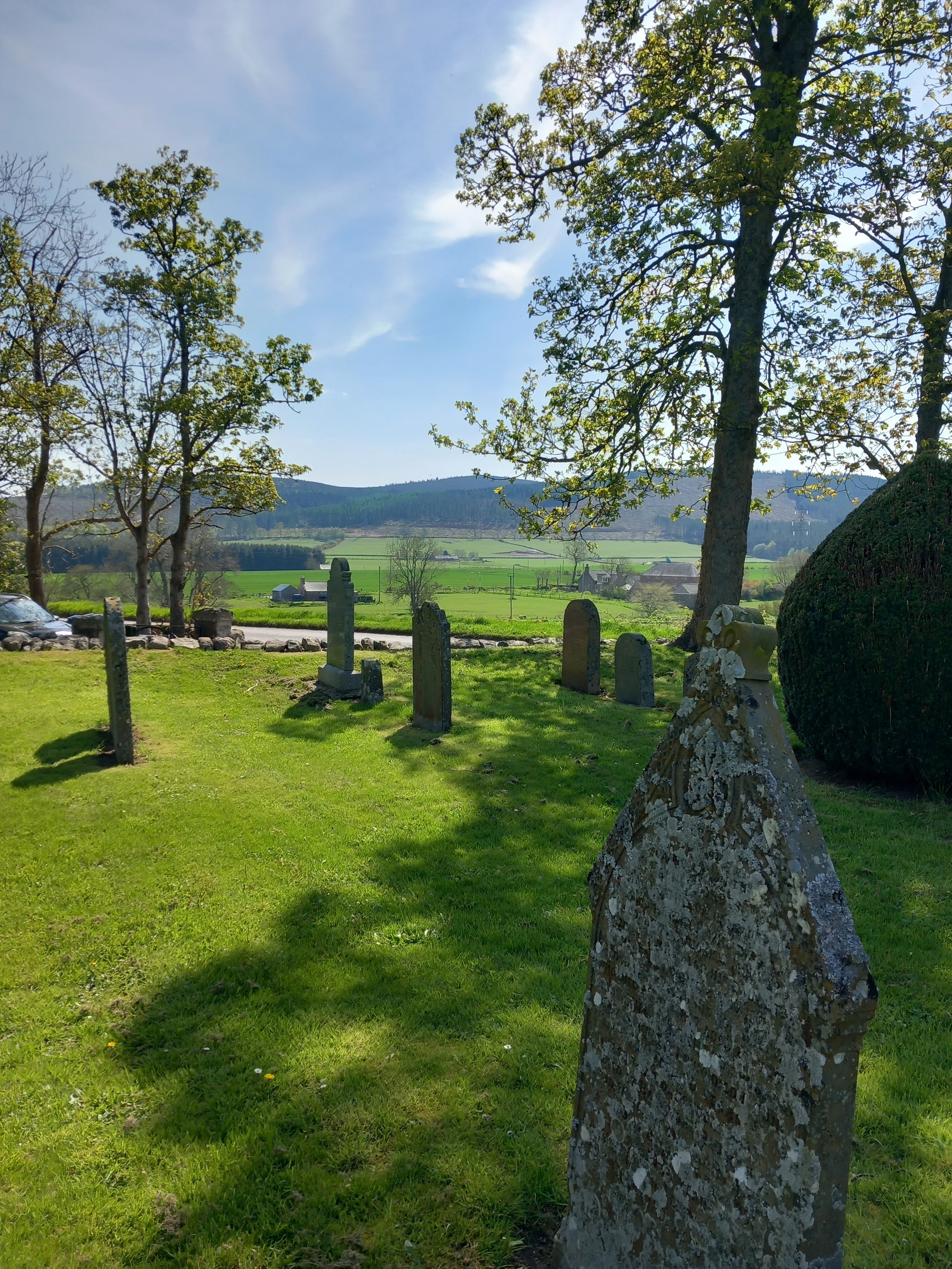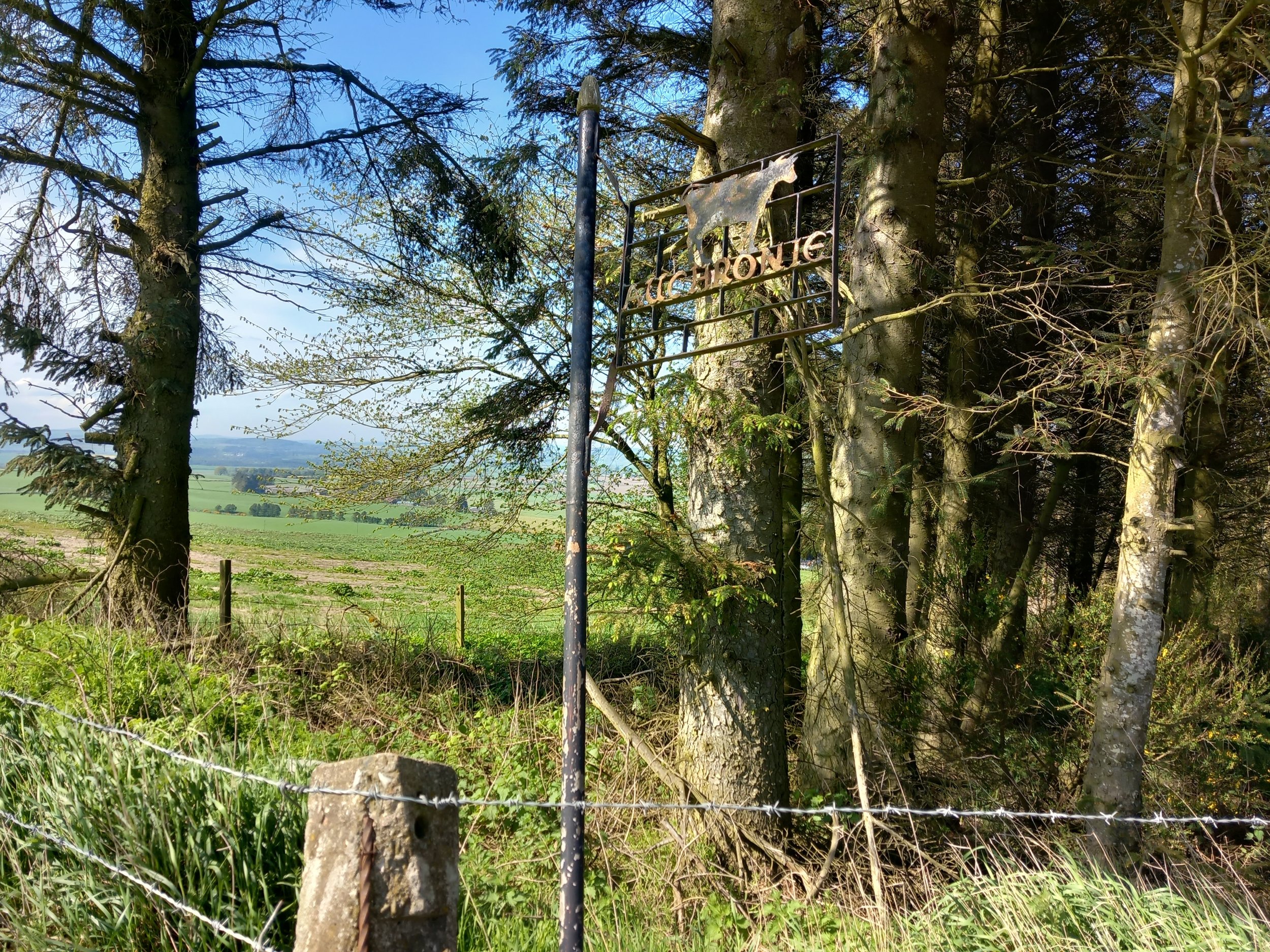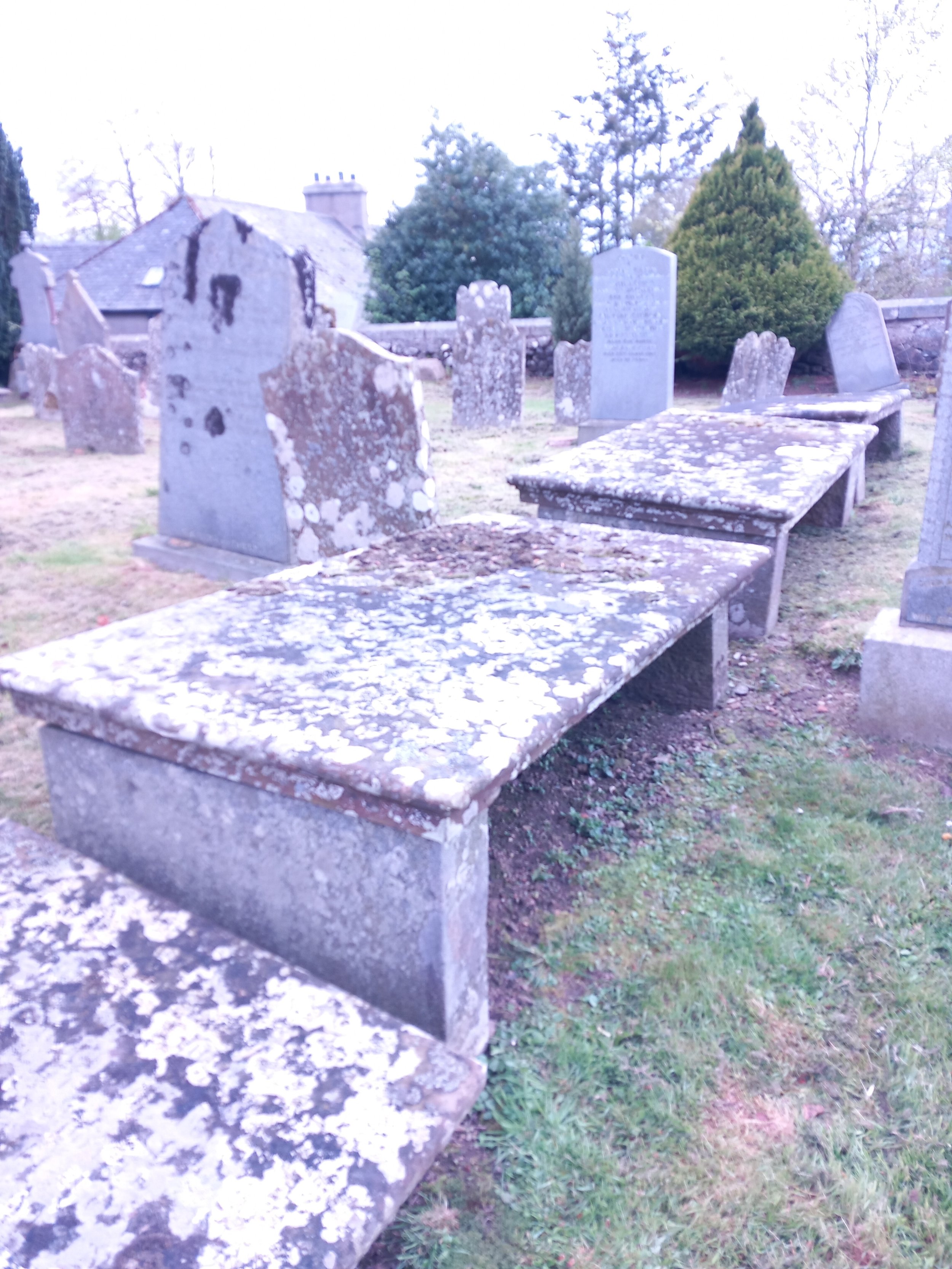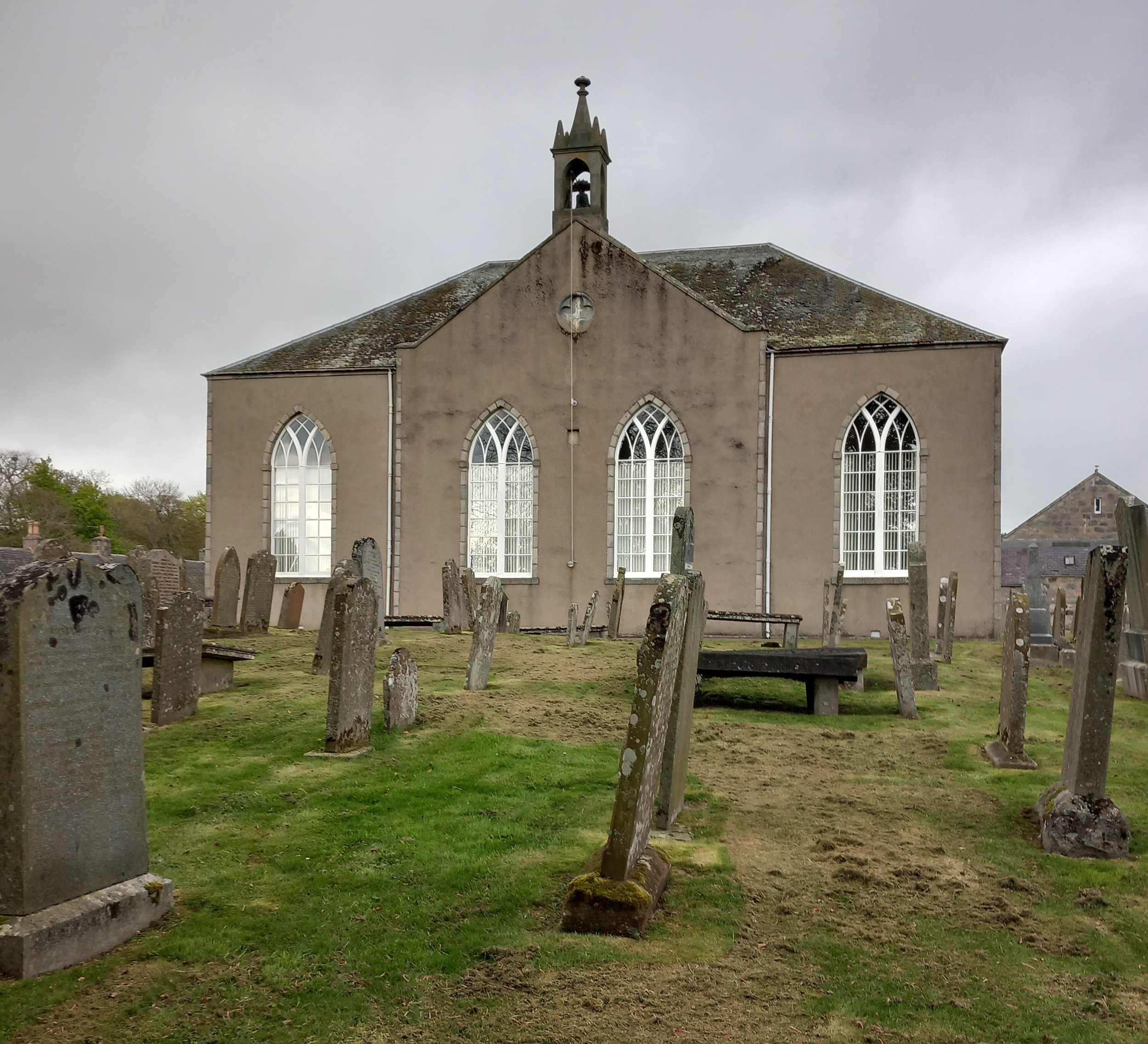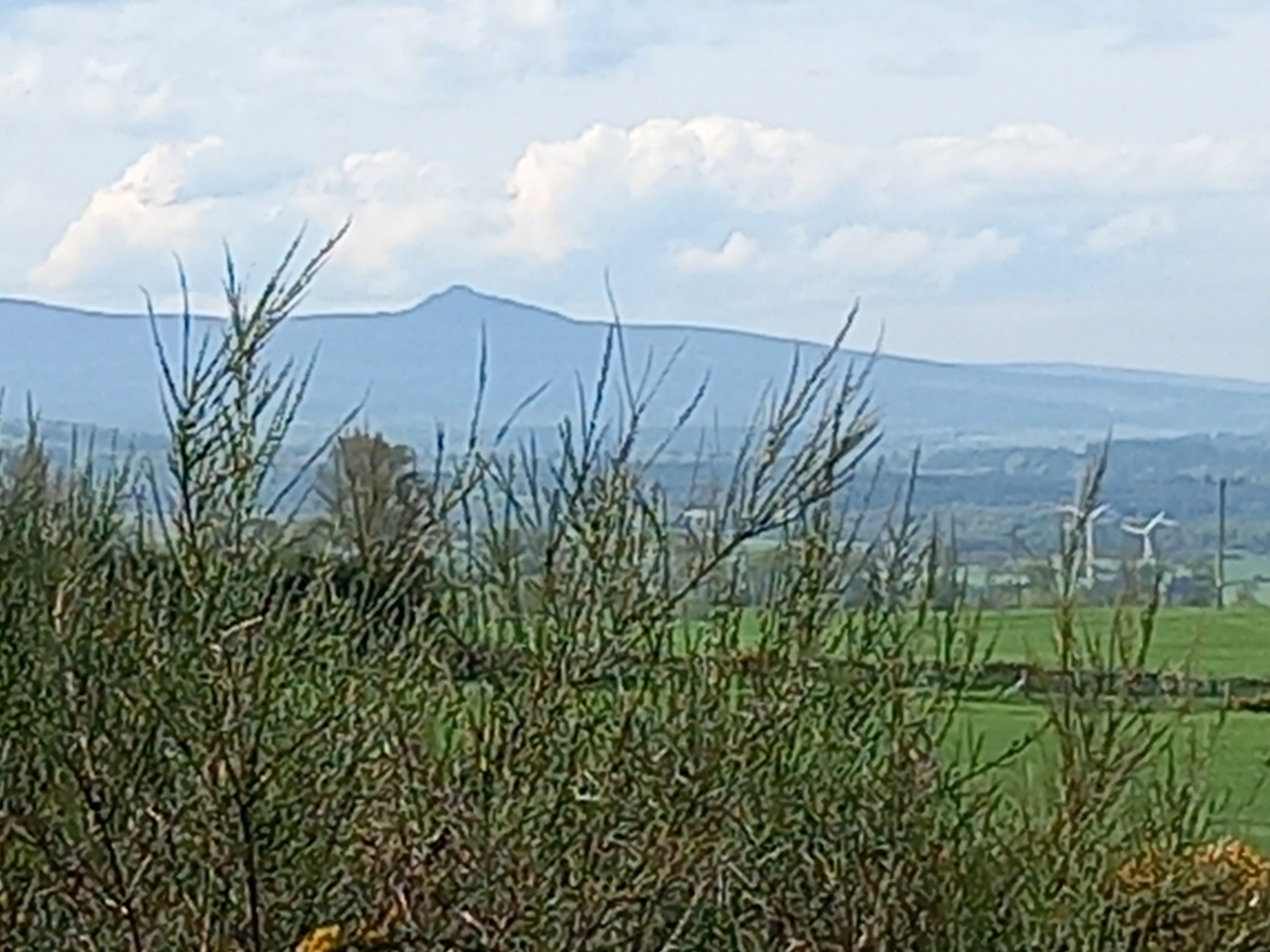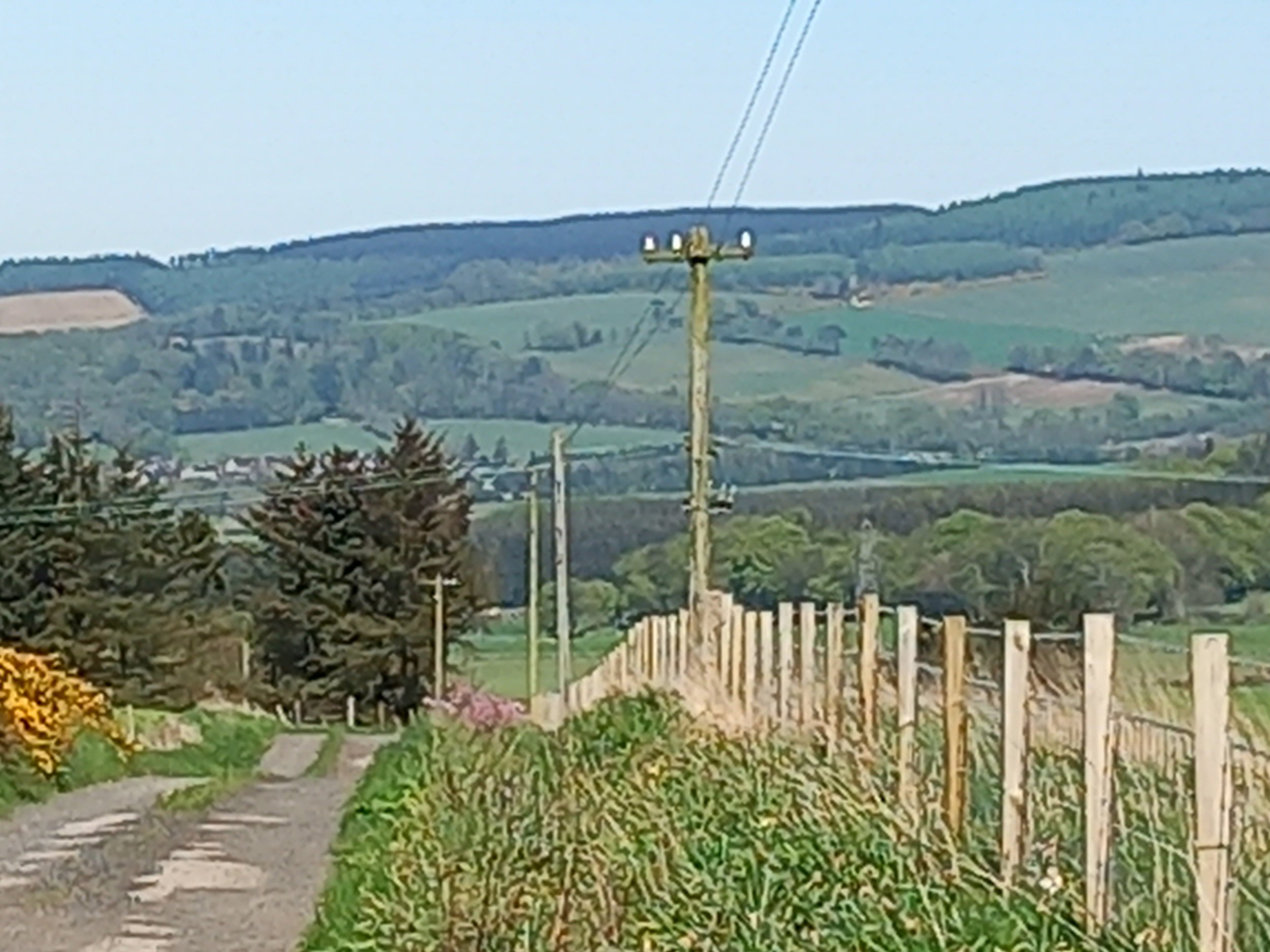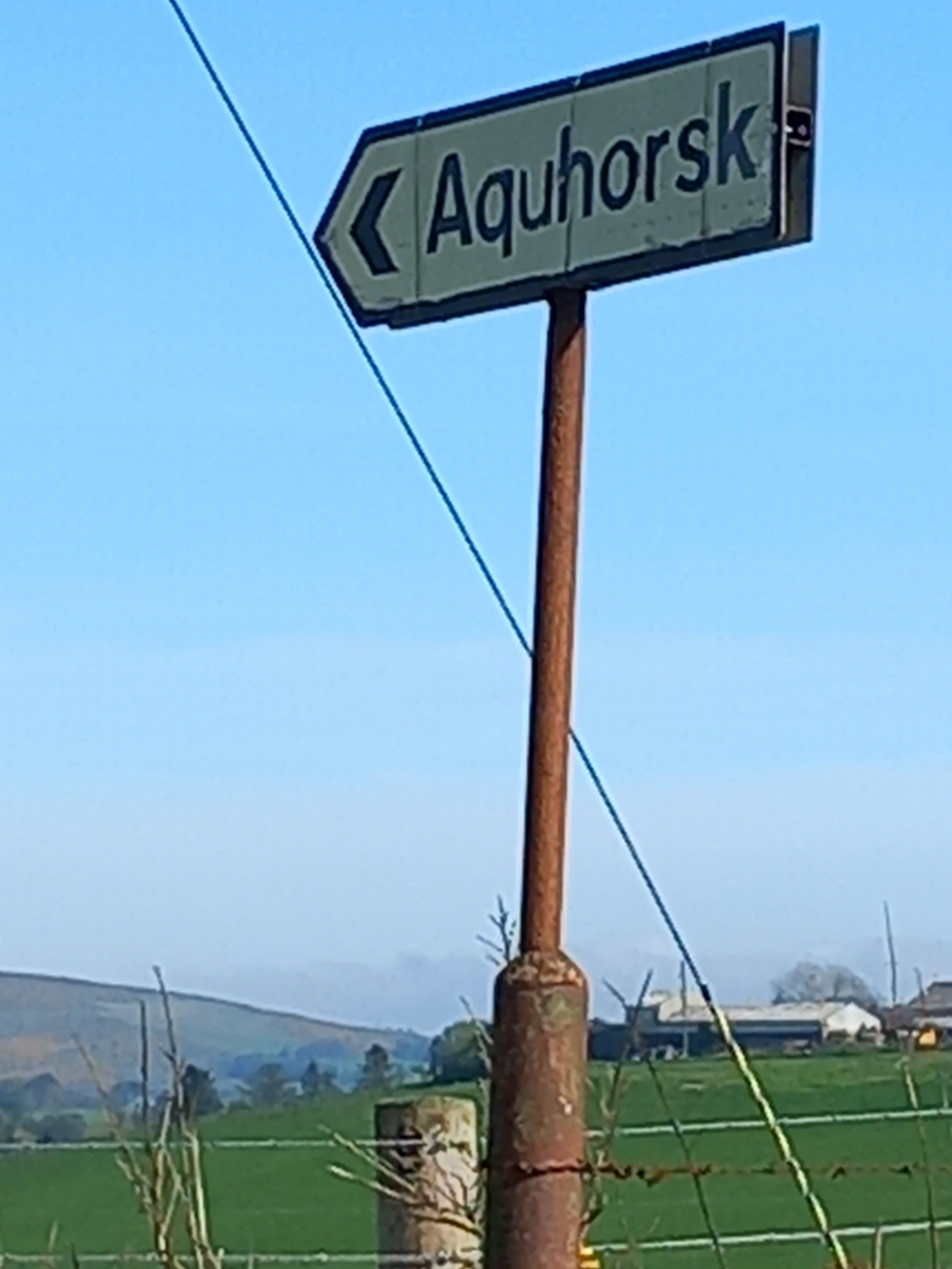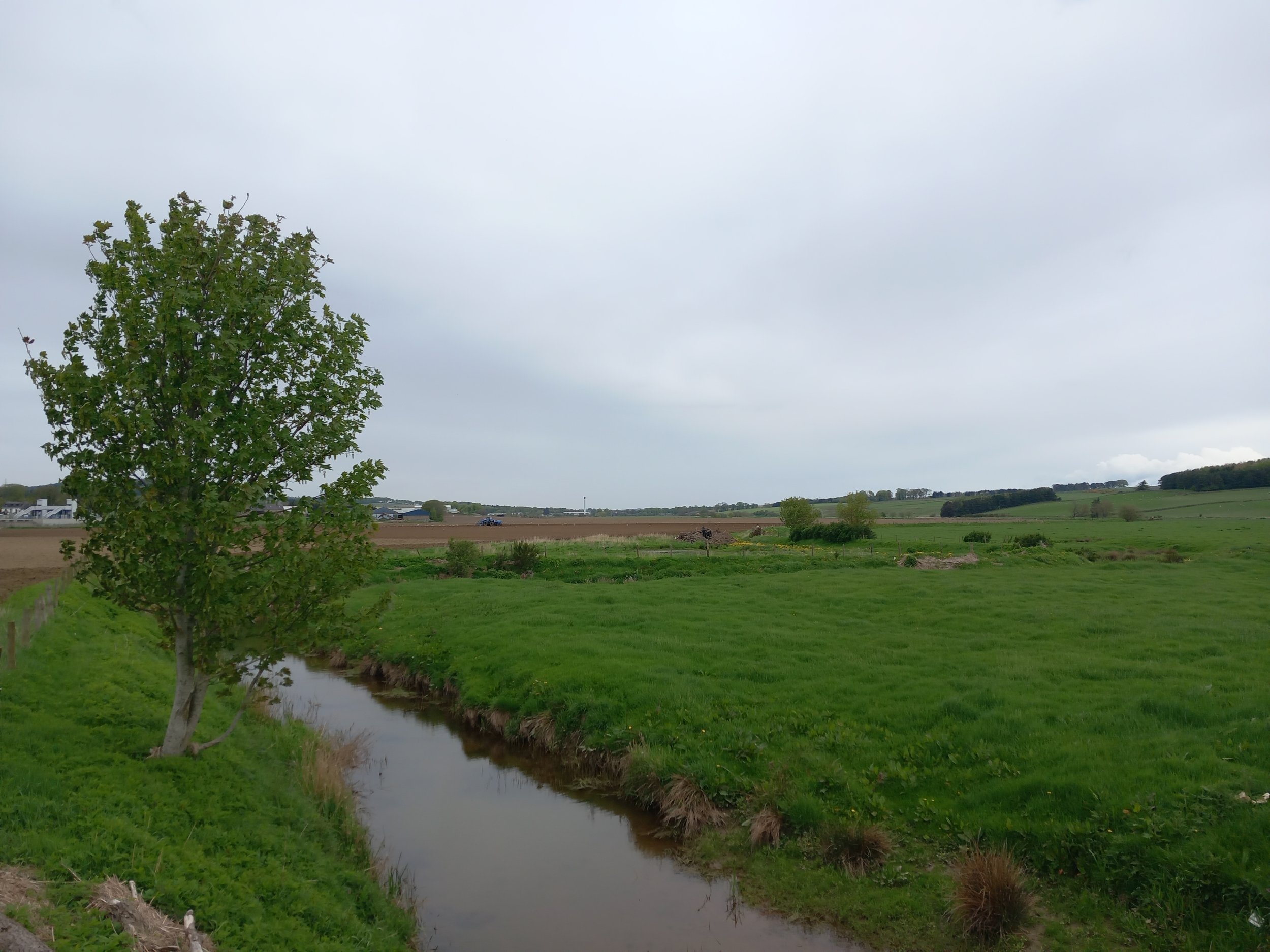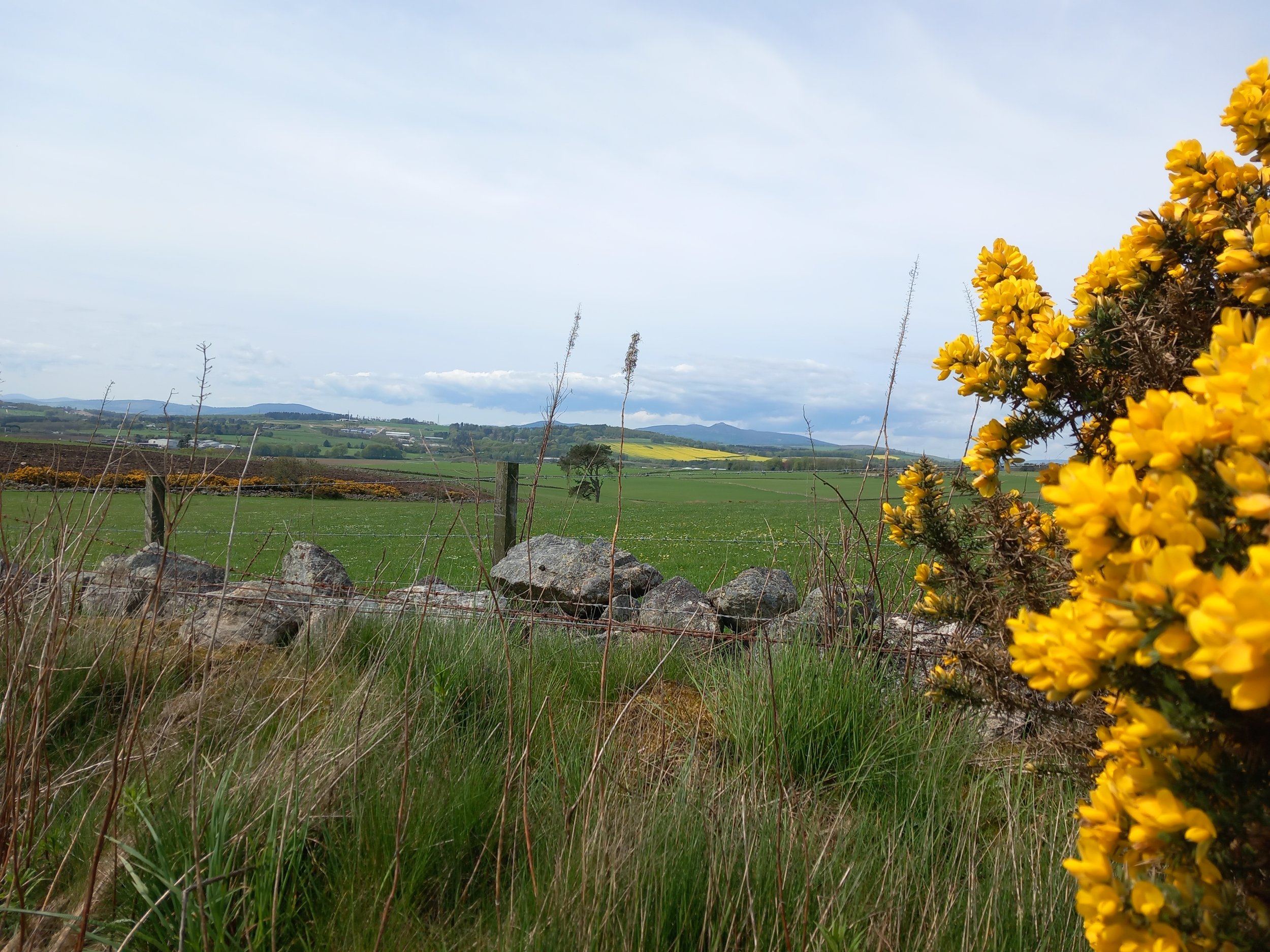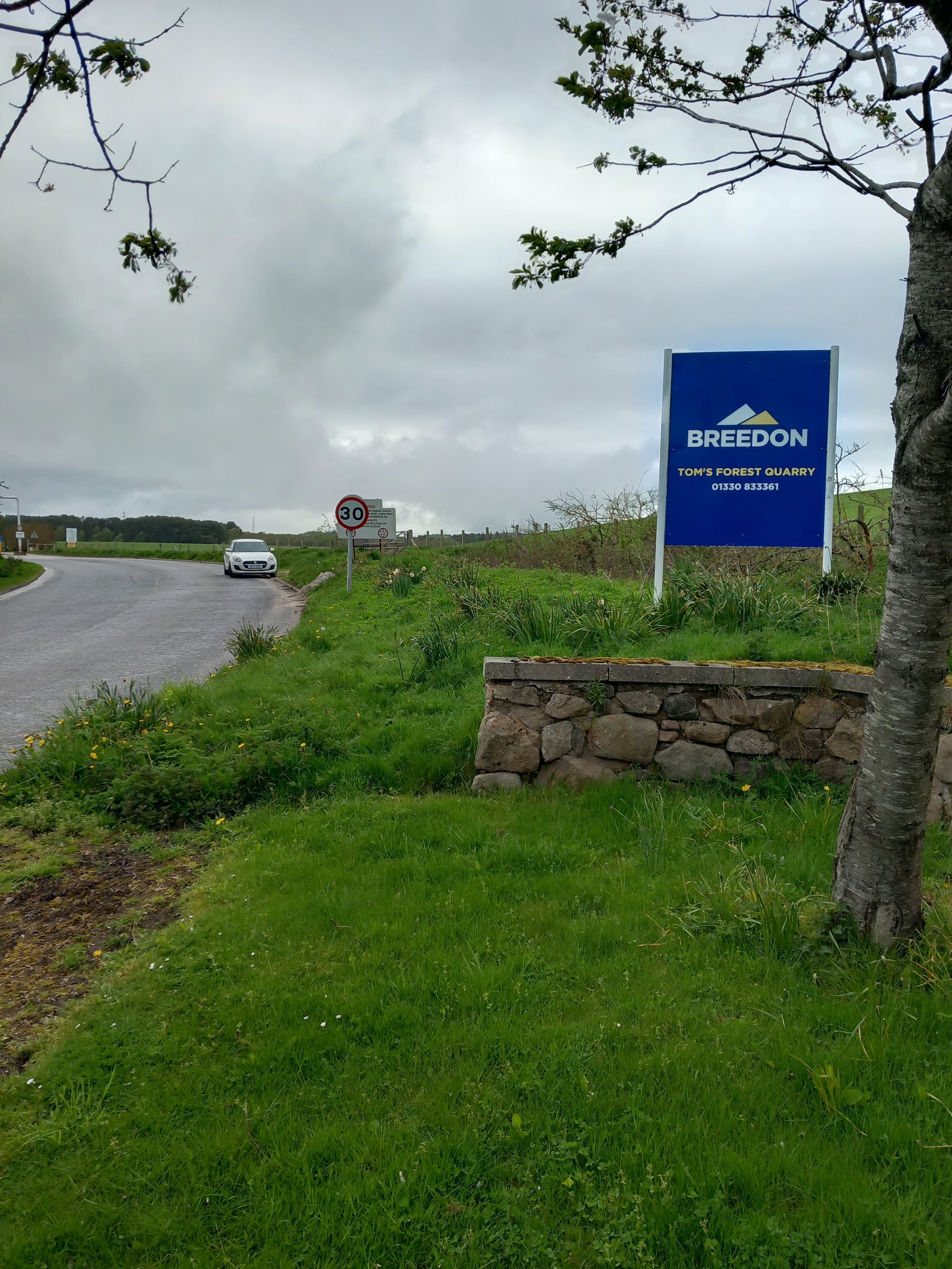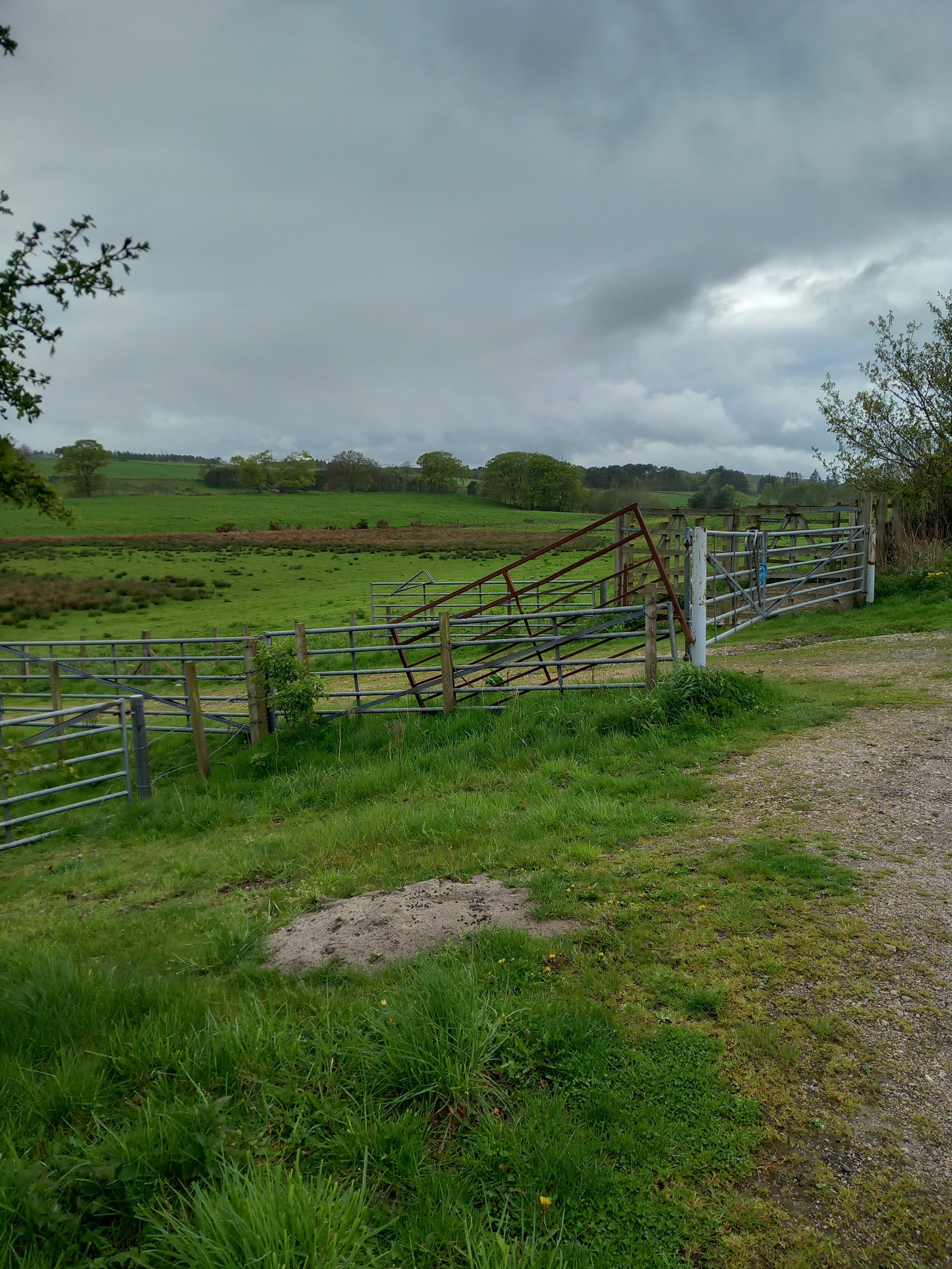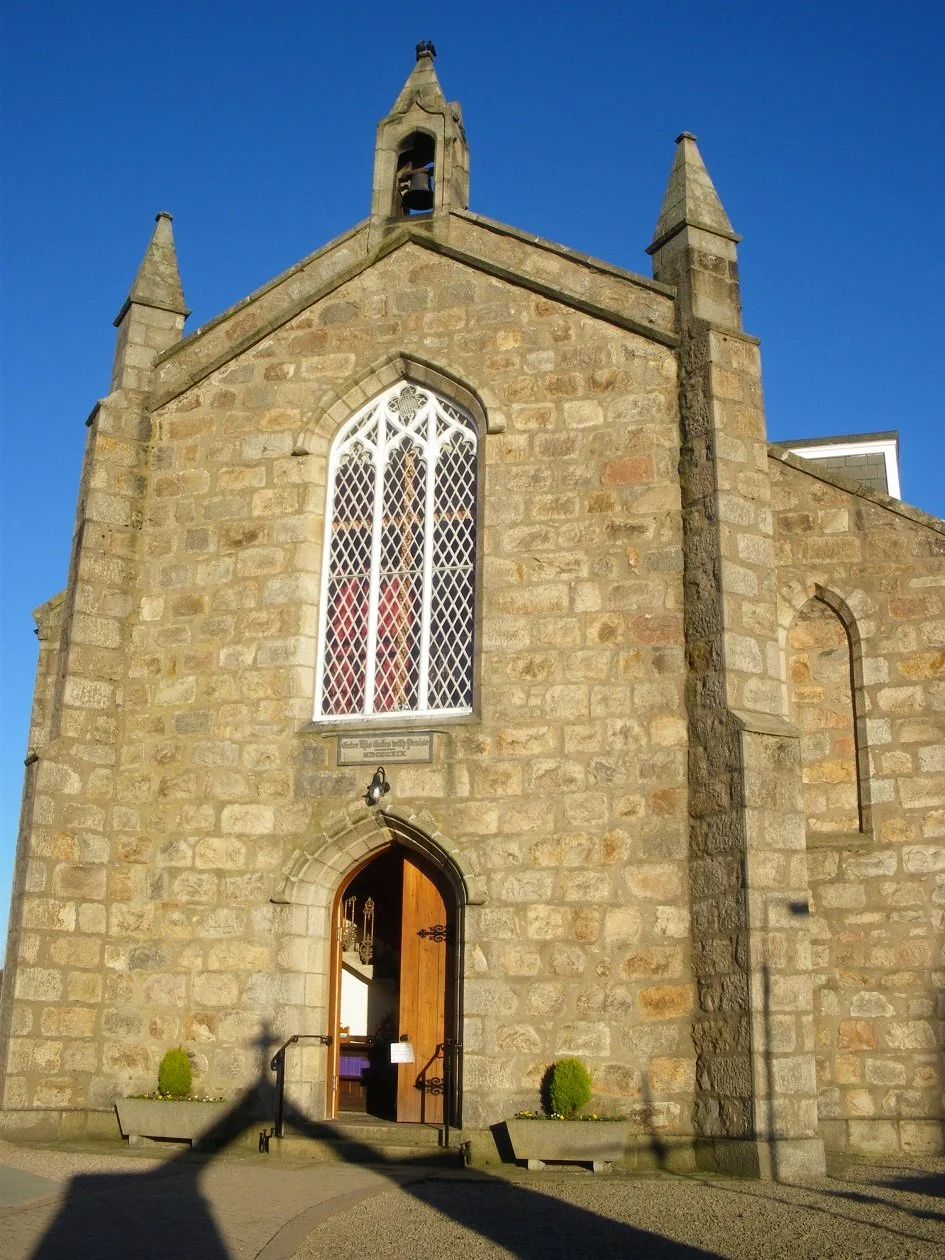The Marnoch Family
We’re grateful to local historian Alison McCall who has trawled through old records to piece together Robert’s childhood, and taken photographs for us of the various locations associated with his family, whose name was Marnoch; Robert changed the final letter on moving to England.
While the records are not complete, the following account best reflects what Alison has uncovered:
Robert’s parents, Peter Marnoch (1766-1856) and May Alexander (1772? - before 1851), married in Echt, Aberdeenshire, in 1795. May was expecting their first child (bridal pregnancy not being uncommon at this time) and the couple were fined 10 shillings by the Echt Church Session (board of elders) for ‘fornication.’ But given the fact that they had married, and their circumstances were ‘but mean’, the fine was returned to them.
The churchyard at Echt, where Robert’s parents married in 1795. The current church (right) was built in 1804. Photographs (c) Alison McCall.
Peter was probably an agricultural labourer at this time, later being described as a crofter and forester.
Their first child George (1796-1858) was born in nearby Craigiedarg. He would become a farmer in Kintore, and have at least six children with his wife Rachel Low. Two years later, Barbara Marnoch (1798-1874) was born at the Auchronie farm in Kinellar, and baptised by the minister of Skene. In her early thirties Barbara married a coachman called William Mackie and they had two daughters. At some point the Mackie family moved to Edinburgh, where Barbara worked as a housekeeper.
The farm at Auchronie in Kinellar today, birthplace of Barbara and possibly Robert Marnoch. Photographs (c) Alison McCall.
Our man Robert was next, born on 23 March 1800. The record of his birth was squeezed in at the end of the entries for 1800, as it had originally been omitted, and no place of birth was noted. Like Barbara, he may have been born at Auchronie and baptised in Skene, which was the nearest church, although the family lived in the parish of Kinellar.
The churchyard of Skene (left), with the gravestone of Rev James Hogg, the minister who baptised Barbara in 1798, and possibly Robert in 1800. The current church (right) was built in 1801, while the Marnochs lived in Auchronie and Aquhorsk. Photographs (c) Alison McCall.
Robert may have been born at the adjacent farm of Aquhorsk, where the family had moved by the time of the arrival of the next Marnoch child, John. Alison reports that both farms, which still exist, must have been grim in winter, being elevated and exposed. Long after he had moved away from Scotland, Robert married Anne Hobson, the eldest daughter of a dissenting minister, in Northampton in 1838, and the couple had five children.
The farm at Aquhorsk today, birthplace of John and possibly Robert Marnoch, with the hill of Bennachie in the background (left). Photographs (c) Alison McCall.
Robert’s younger brother John Marnoch (1802-1873) married twice. He had eight children by his first wife, Jane Low, and five by his second. In 1851 he was a farmer with 41 acres, but on his death certificate he is described as a watchman at a chemical light works in Aberdeen. One of John’s grandsons was Professor Sir John Marnoch, who became a surgeon and was knighted after saving the life of Prince Albert, later King George VI.
After John, the records become less clear, but it seems likely that the family moved to Banchory, Aberdeenshire, where another daughter was born. Janet (Jessie) Marnoch (?1807-1892) married George Walker, a master joiner, in 1837. They had four children and lived prosperously in the parish of Kintore until 1853 when George was forced to sell his home, furniture, business and stock, and the Walker family moved to small, rented accommodation in Govan. Jessie died in 1892, having taken in lodgers after her husband’s death in 1864.
The view today of the former site of Old Balbithan farm, where the family lived from c.1809 (left) and a view from Balbithan of the town of Kintore, where the Marnoch children may have attended school, with the eastern fringes of the Cairngorms on the far horizon. Photographs (c) Alison McCall.
The Marnoch family next appear in Old Balbithan in the parish of Keithall and Kinkell in 1809, where an unnamed daughter was born (possibly Margaret Marnoch, who died in Kintore in 1854). Two more daughters followed - Jean in 1811 and Mary in 1813. Jean married William Donald, a currier (leatherworker), and had at least five children. There was a Mary Marnoch working as a dressmaker in Kintore in 1861, but the dates of birth do not match, and it may be that Robert’s sister in fact died young.
Kintore Town House, where Robert and his siblings may have attended school from c.1809. Photograph (c) Alison McCall.
Alison reports that, at this time, children typically attended school from the age of 6 or 7. After the age of about 10, attendance in rural areas varied according to the season: pupils would vanish to help with the harvest and reappear as farm work reduced over winter. Boys working on a farm might still fit in some classes, into their teens. Reading was considered important for girls, so that they could read the Bible to their children; boys, however, were taught to both read and write.
If the Marnoch children did attend school while the family lived in Balbithan, the nearest school was a mile and a half walk away in Kintore, including a ferry ride across the river Don; another possibility is that they attended the school in Keithhall, to the north on the same side of the river but further away and impossible to reach in snowy weather, or the one in Hatton of Fintray to the south.
Tom’s forest quarry (left) and adjacent agricultural fields today. The Marnochs lived in a settlement here from c.1814. Photographs (c) Alison McCall.
By 1814 the family was living in Thomsforest, Kintore (now spelt Tom’s Forest and the site of a large quarry), where a ninth child, Peter, after his father, was born, followed by the tenth and final child, May after her mother (1816-1863). Peter seems to have died young but May lived into her forties, unmarried and looking after her parents, before she died of measles and bronchitis in 1863.
An article written by Robert in his Floricultural Magazine of 1836 implies that in his early twenties he was working in the kitchen garden at the nearby country house of Keith Hall. We know that he was foreman of the kitchen garden at Bretton Hall in Yorkshire by 1825.
His parents remained in Thomsforest for the rest of their lives, appearing in the 1841 census with their youngest daughter living with them, as well as a female servant called Agnes Alexander, presumably a relative of May’s. By 1851 May had died and Peter, in his 80s, was living with his youngest daughter. He died, aged 90, in Thomsforest, by which time his third child Robert was living in London and an internationally known landscape designer.
Kintore Parish Church. The family would have attended services here (and at the earlier church on the same site until it was replaced in 1819). Robert’s parents and his younger brother John are buried here. Photograph (c) Alison McCall.

